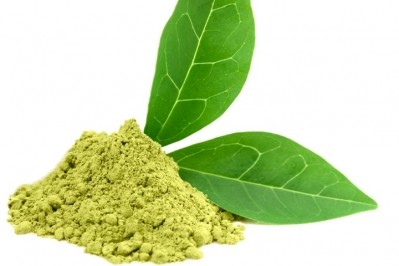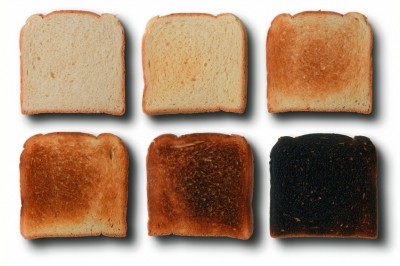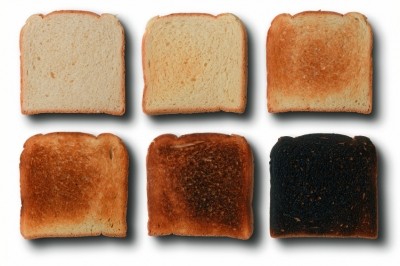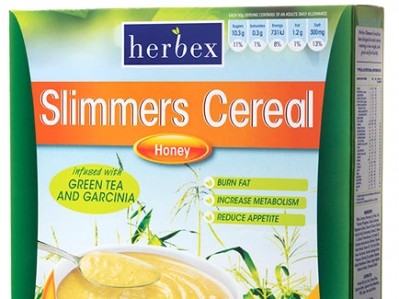Green tea and coffee extract in donuts slashes acrylamide: Study

The study published in the journal of Food Research International found that green tea extract (GTE) and green coffee extract (GCE) not only upped the antioxidant properties in the donuts but also had the ability to reduce the formation of the suspected carcinogen, although only at very specific levels.
“When aiming for low acrylamide content the best concentrations for GTE were 0.25g and 0.5g for 100g of donut and for GCE 0.5g and 1g,” the researchers wrote.
However, findings did show that a low concentration of GCE (0.25g) increased the acrylamide content by 40% compared to the control donuts and a high concentration of GTE also caused an increase.
“The above results confirm a complex mechanism of acrylamide formation, in which the role of antioxidants, including polyphenols, might be twofold,” the researchers wrote.
It noted that the research was the first of its kind to use GCE as an ingredient to prevent acrylamide formation.
Carcinogen
Acrylamide is a known neurotoxin and a suspected carcinogen formed by a heat-induced reaction between sugar and the amino acid asparagine. The process – known as the Maillard reaction – is responsible for the brown color and tasty flavor of baked, fried and toasted food.
The broader food industry has, for some time, been investing in efforts to slash acrylamide levels in foods. However, in a recent European Food Safety Authority (EFSA) opinion, levels of the possible carcinogen were found to be largely unchanged. See HERE.
Baked goods and acrylamide
The researchers acknowledged that cereal products like sweet cakes and pies can be a source of acrylamide in the human diet.
“A sufficient mean of reducing the content of acrylamide in them might be an addition of l-asparaginase, which hydrolyzes the precursors of acrylamide. However its addition causes a disadvantageous change in dough reology, which is why the usage of plant extracts with antioxidant properties can be a good alternative to reduce acrylamide content in bakery products, compared to the usage of specific hydrolytic enzymes,” they wrote.
Source: Food Research International
Published online ahead of print, doi: 10.1016/j.foodres.2012.10.006
“Influence of addition of green tea and green coffee extracts on the properties of fine yeast pastry fried products”
Authors: G. Budryn, D. Żyżelewicz, E. Nebesny, J. Oracz and W. Krysiak
















